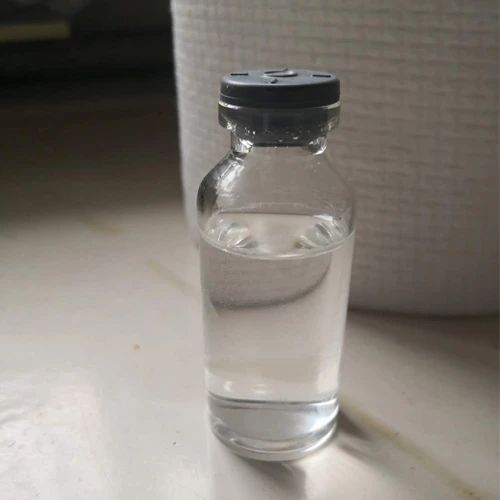Understanding Anionic Polyacrylamide Properties, Applications, and Benefits
Polyacrylamide (PAM) is a synthetic polymer widely used across various industries due to its unique properties. This versatile polymer can exist in multiple forms, including anionic, cationic, and nonionic varieties. Among these, anionic polyacrylamide, characterized by its negatively charged functional groups, has gained significant attention for its effectiveness in applications such as water treatment, agriculture, and soil stabilization. This article will delve into the properties, applications, and benefits of anionic polyacrylamide.
Properties of Anionic Polyacrylamide
Anionic polyacrylamide is formed through the polymerization of acrylamide monomers with a small amount of anionic functional groups. This structure imparts several essential features that make it suitable for various applications
1. High Molecular Weight Anionic PAM typically has a high molecular weight, which contributes to its strong ability to form flocs or aggregates. This property is particularly advantageous in water treatment, where the flocculation process aids in the removal of suspended particles and contaminants.
2. Solubility Anionic polyacrylamide is highly soluble in water, allowing it to disperse evenly in aqueous environments. This solubility ensures that it can be effectively utilized in various formulations, whether in thickened solutions or as a dry powder.
3. Viscosity Modifying Anionic PAM can significantly increase the viscosity of aqueous solutions. This property is exploited in applications like drilling fluids in the oil and gas industry, where increased viscosity helps to carry solids and stabilize boreholes.
4. Charge Density The negative charge of anionic PAM enables it to interact with positively charged particles in suspension. This interaction promotes the agglomeration of these particles, facilitating their removal from liquids.
Applications of Anionic Polyacrylamide
Due to its unique properties, anionic polyacrylamide finds applications in various fields
1. Water Treatment Anionic PAM is widely used in municipal and industrial water treatment processes. It acts as a flocculant, helping to clarify water by aggregating impurities. Consequently, it plays a crucial role in ensuring clean and safe drinking water.
polyacrylamide anionic

2. Soil Erosion Control In agriculture, anionic PAM is employed to control soil erosion and improve soil structure. By binding soil particles together, it enhances water infiltration and retention, thereby reducing runoff and erosion during heavy rainfall.
3. Enhanced Oil Recovery (EOR) In the oil industry, anionic PAM is utilized during enhanced oil recovery operations. Its ability to modify fluid properties assists in optimizing oil extraction processes and improving the efficiency of oil recovery.
4. Paper Industry Anionic polyacrylamide is also used in the paper manufacturing process as a retention aid. It helps retain cellulose fibers and fillers, improving the overall quality of the paper produced.
5. Mining In the mining sector, anionic PAM is utilized to improve the separation processes of minerals. It aids in the aggregation and removal of fine particles, thereby enhancing the yield of valuable minerals.
Benefits of Anionic Polyacrylamide
The use of anionic polyacrylamide offers several noteworthy benefits
1. Environmental Friendliness Anionic PAM is biodegradable under specific conditions, making it a more environmentally benign alternative compared to many conventional flocculants and soil stabilizers.
2. Cost-Effectiveness The broad applicability of anionic PAM often results in cost savings for industries, particularly in sectors where efficient water management and soil conservation are crucial.
3. Improved Operational Efficiency By enhancing processes such as sedimentation and filtration in water treatment plants or improving soil quality in agricultural practices, anionic PAM contributes to more efficient operations and resource utilization.
Conclusion
Anionic polyacrylamide stands out as a versatile and effective polymer with a wide range of applications across various industries. Its unique properties allow it to function as a powerful flocculant and soil stabilizer, among other roles. As industries continue to focus on sustainability and efficiency, the utilization of environmentally friendly additives like anionic PAM will likely increase. Understanding its properties and applications can help businesses and researchers leverage this valuable material for improved processes and outcomes in their respective fields.

